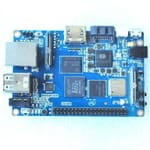Yet Another Fruit
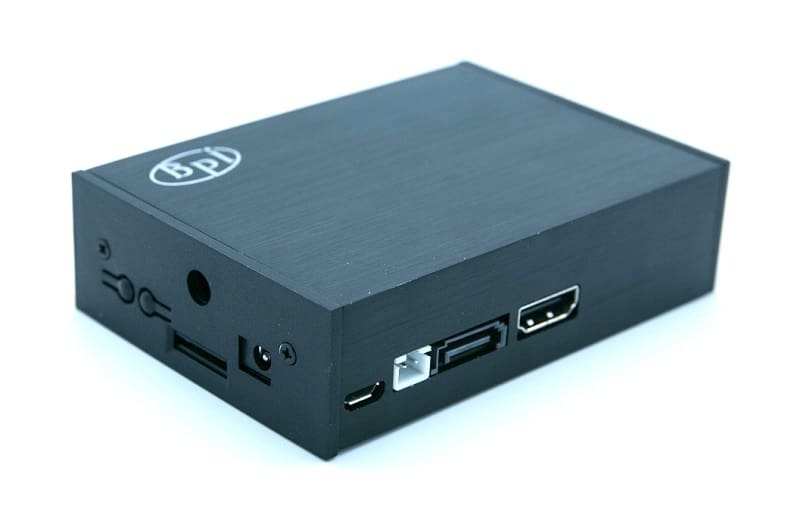
Single-board computers (SBCs) are just that: computers in a tiny package. The Banana Pi, in particular, comes in a wide variety of these little beasts. In this article, we’ll take a look at the Banana Pi M3, a board aimed at hobbyists and an obvious Raspberry Pi competitor.
The Banana Pi M3 is familiar, yet unique. It shares many of the features of other SBCs and adds special touches of its own. The company also makes similar boards, such as the Banana Pi R2 and the Banana Pi Zero (the former being a router-based board and the latter being the Banana Pi equivalent of the Raspberry Pi Zero).
Follow along to learn what this Banana Pi M3 is made of and where to find it.
Features
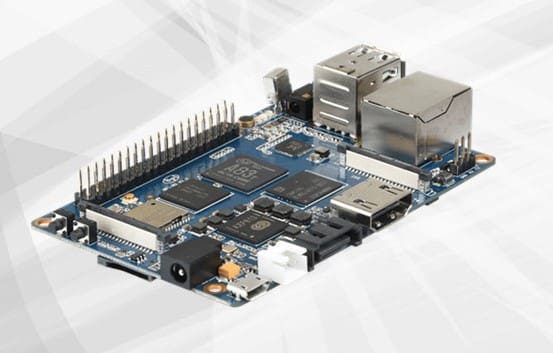
The M3 packs some special hardware that may put this board on your wish list. It comes with a built-in microphone and an IR receiver right next to the 40-pin header (28 of which are GPIO). This makes it great for some out-of-the-box tinkering.
Additionally, it comes with 8 GB of onboard eMMC flash memory, a neat feature to keep the OS on the board as apposed to an SD card. It also comes with an (oddly) rare thing in the world of SBCs: power and reset buttons. These buttons seem to be a standard feature on Banana Pi boards in general.
SATA Port
Additionally, the Banana Pi has included a unique port: a SATA port. Many hobbyists would appreciate the ability to hook up their drives directly and appreciate high data speeds. Sadly, this SATA port loses much of its shine when you consider that, unlike its grandfather, the Banana Pi M1, the M3’s SoC (system on a chip) doesn’t support the SATA interface. According to the linux-sunxi wiki, “the SATA port is provided by a… USB-to-SATA-bridge.” This means the board can’t provide the high-speed benefits of a true SATA interface.
This specific detail means that, where data speed is important, one may prefer the R2. The BPI-R2 is the M3’s more network-oriented brother and comes with two SATA interfaces that run at actual SATA speeds.
Powerful Processor
SinVoip has introduced a new Allwinner processor on this board, the A83T. Originally touted as “the Most Competitive Octa-core 2-in-1 Tablet Solution,” SinoVoip has used it to make a true Pi. The octa-core 1.8 GHz SoC supports 1080p 60fps HDMI video and slightly better resolution through the MIPI DSI connection. It also supports the CSI camera connection on the board with an 8 MP camera controller. The choice of SoC is crucial and determines the rest of the board’s capabilities.
Raspberry Pi Compatability
It’s worth noting that the Banana Pi is hardware-compatible with the Raspberry Pi. Given that it can also run Raspian, this can be considered a feature too. The ability to take advantage of some of the Raspberry Pi community resources is valuable, especially to novices in the SBC world. This is also true of the aptly-named Banana Pi Zero but not of the more specialized Banana Pi R2.
The Bottom Line
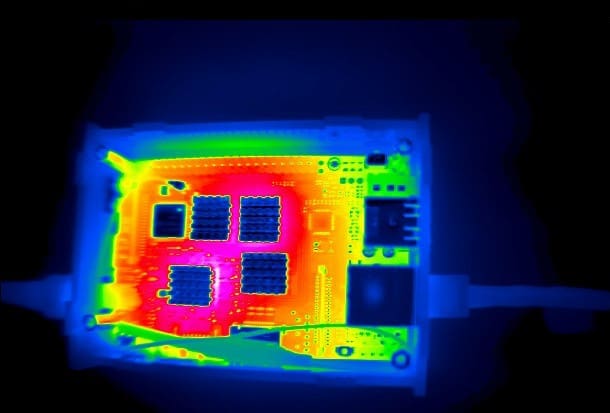
At first glance, this board may seem like another familiar Pi. Indeed, it is Raspberry-Pi-inspired, thus many things will be familiar. It has a similar form and layout, but as we’ve seen, not everything is strictly similar.
Let’s address the obvious. Having 2 GB of RAM, WiFi 802.11n, and Bluetooth 4 may seem a bit out of date. Keep in mind, however, that this board isn’t the newest in the Banana Pi series, that title goes to the BPI-M4. Still, it keeps its hobbyist SBC appeal.
Additionally, the processor provides an impressive new spec and allows for the many characteristics of an SBC. On the other hand, the faster CPU has reportedly come with heat-throttling issues, making a heat sink highly recommended.
Overall, this board doesn’t surpass expectations on its own. It simply adds to the variety of boards available and suits particular purposes better than others. Want to make a custom home assistant? With a built-in mic, this is for you. Need a home NAS? Well, the slower-than-expected data and connectivity speeds probably break the deal.
Specifications
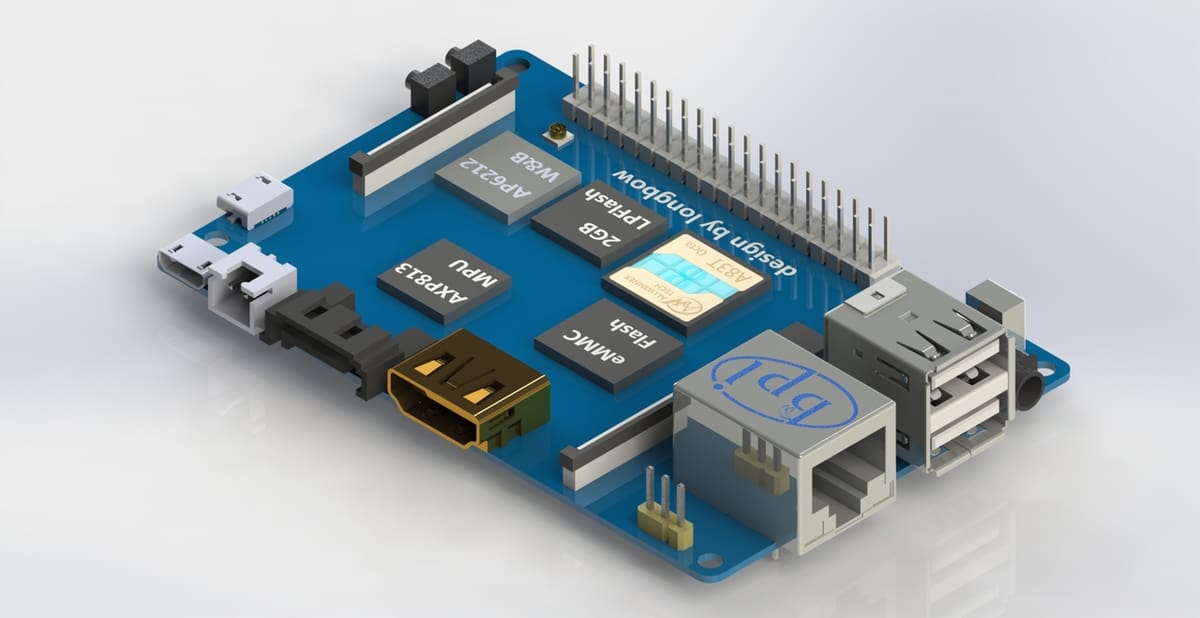
Specs aren’t everything, but they sure are important. Here they are:
- CPU: ARM Octo-Core 1.8 GHz Allwinner A83T
- GPU: PowerVR SGX544MP1
- Onboard flash: 8 GB eMMC
- RAM: 2 GB LPDDR3
- Connectivity: WiFi b/g/n, BT 4.0, 1 Gbit/s Ethernet
- Serial interfaces: CSI camera interface + DSI display interface
- Ports: 3.5-mm jack, 2 USB 2.0 ports, 1 USB OTG (micro-USB), Debug TLL UART, HDMI, SATA + SATA power, 40 pins (28 GPIO)
- Power: 5V, 2A (DC barrel plug or micro USB)
- Dimensions and weight: 92 x 60 mm, 48 g
Visit the company’s wiki for precise details on the Banana Pi M3.
Where to Buy
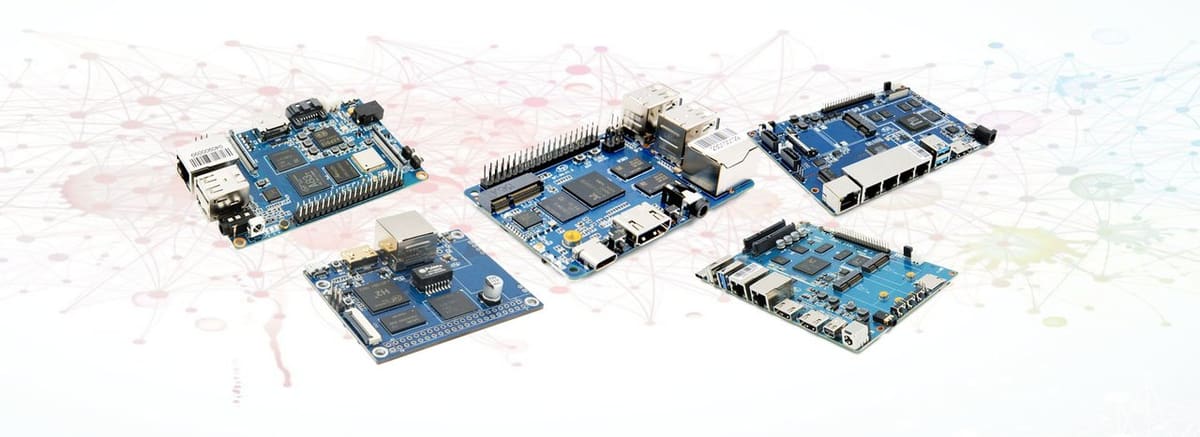
Want to find a Banana Pi M3 for yourself? Here are the main distributors:
Visit Banana Pi for a complete list of distributors by country.
(Lead image source: aliexpress.com)
CERTAIN CONTENT THAT APPEARS ON THIS SITE COMES FROM AMAZON. THIS CONTENT IS PROVIDED ‘AS IS’ AND IS SUBJECT TO CHANGE OR REMOVAL AT ANY TIME.
